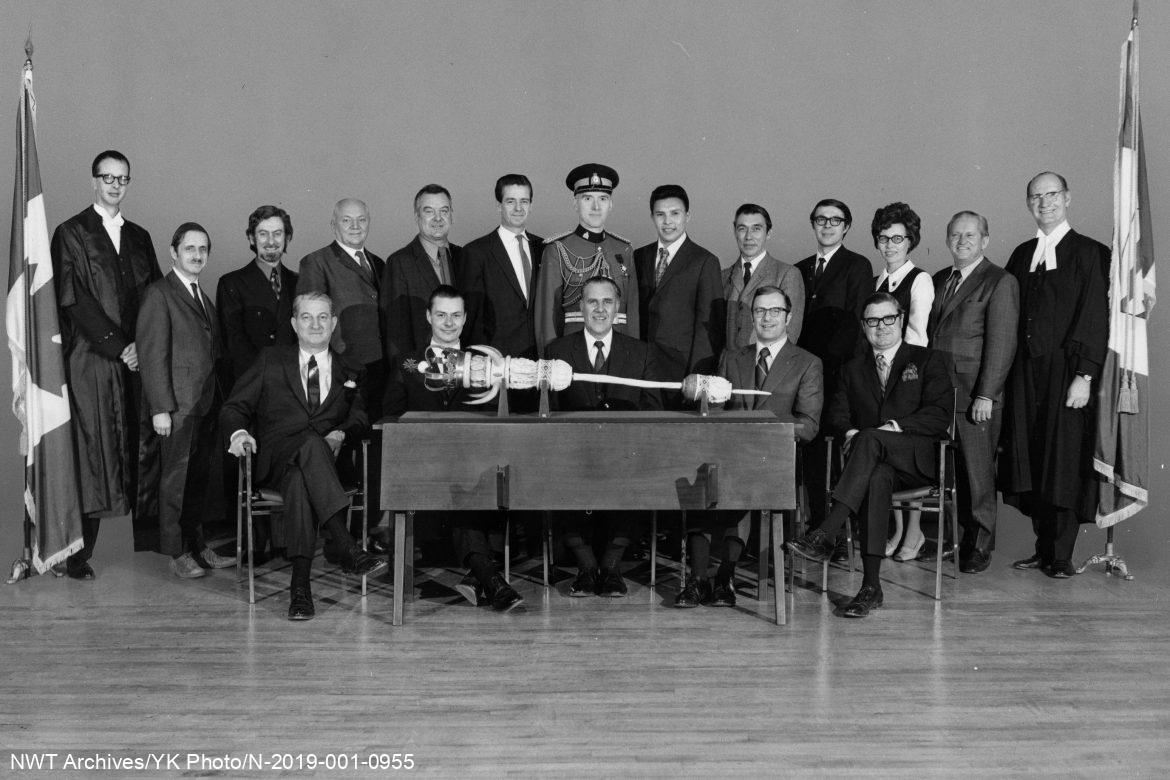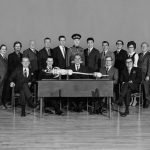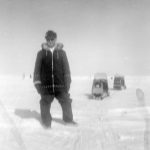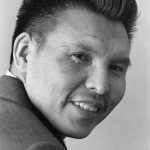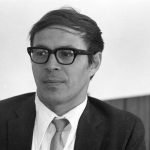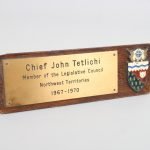1966
Indigenous Members Elected to Legislative Assembly
The Northwest Territories Council has been the governing body of the NWT since 1921. Still, for the first few decades of its existence, members were not elected by residents of the territory. The NWT Council gradually became more representative of people living in the north with the first election in 1951. Even still, Indigenous representation in NWT politics was woefully neglected until 1965, when Abe Okpik was appointed the first Inuk to sit on the Council. He was followed by Simone Michael, the first elected Inuk in Council in 1966, and John Tetlichi, the first appointed Dene member in 1967.
It took four more years, and the move of the NWT government from Ottawa to Yellowknife before two more Indigenous elected representatives took their seats in the NWT Assembly. James Rabesca, the first Dene elected Member of the Council and Nick Sibbeston, the first Métis elected member, won the territorial elections for their ridings in 1970.
Nick Sibbeston noted, “The territorial council, we were constantly reminded, was only advisory. It consisted of 10 elected members and five appointed members from the south. Appointed members were there, we were told, to advise and help northern elected members deemed by Ottawa not to be experienced and educated enough to make decisions on their own.” Stuart Hodgson sat as the Commissioner of the Northwest Territories and sat at the head of a 14-person horseshoe table that placed elected and non-elected members beside each other. Hodgson controlled the budget, the public service, and the territorial council plan for governing the NWT.
Challenges in understanding the “Canadian” system of democracy were about accepting a system based on voting rather than consensus leadership that included Indigenous traditional knowledge and practice. Equally challenging was creating access to voting and reporting votes to the Legislative Assembly in Ottawa initially and then Yellowknife. One early NWT MLA remembered a meeting in a room in Cambridge Bay where he was asked to stand for election and an announcement on election day to tell him he had won. His community did not have voting stations, and he did not vote and wasn’t sure who had!
James Rabesca served his community twice, the first from 1970 to 1975 and the second from 1995 to 1999. Nick Sibbeston would serve the people of the NWT four times, including a term as Premier, and sit in the Canadian Senate from 1999 to 2015, representing the NWT. Simone Michael, Sibbeston and Rabesca were the vanguards of territorial elected Indigenous political leaders advocating for more robust recognition of inherent Indigenous rights within the Canadian democratic process.
The NWT Council was renamed the Legislative Assembly in 1979 as the Northwest Territories looked towards a new future free of Ottawa’s oversight. Its membership was more representative of the predominately Dene and Inuit-populated political ridings. By 1979, appointed members were eliminated, and 14 MLAs (Members of the Legislative Assembly) identified as Indigenous out of a total of 22 MLAs.
